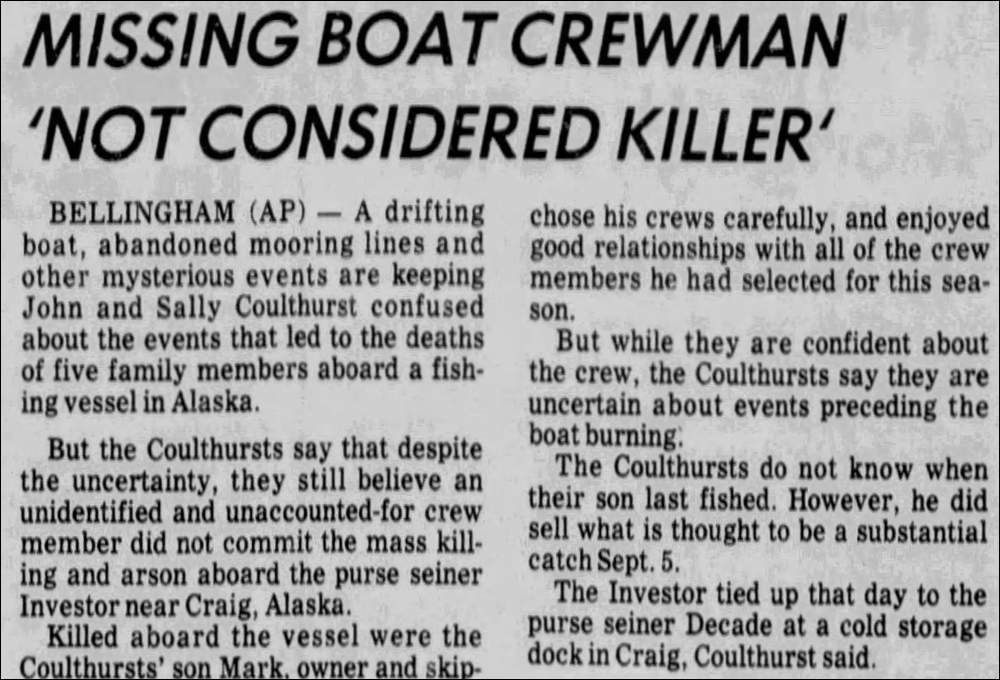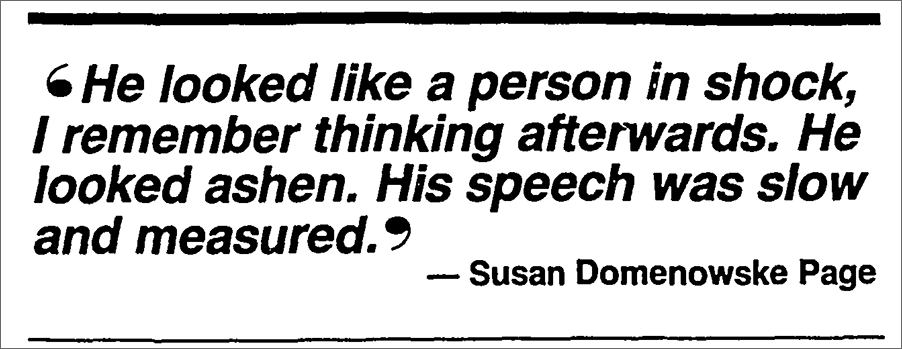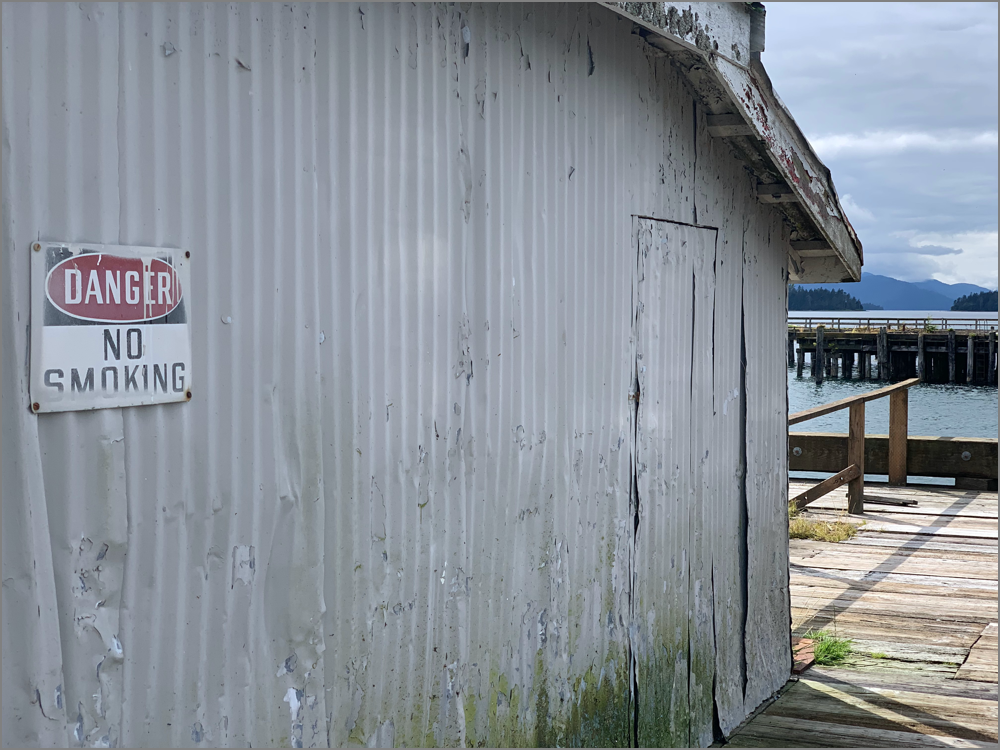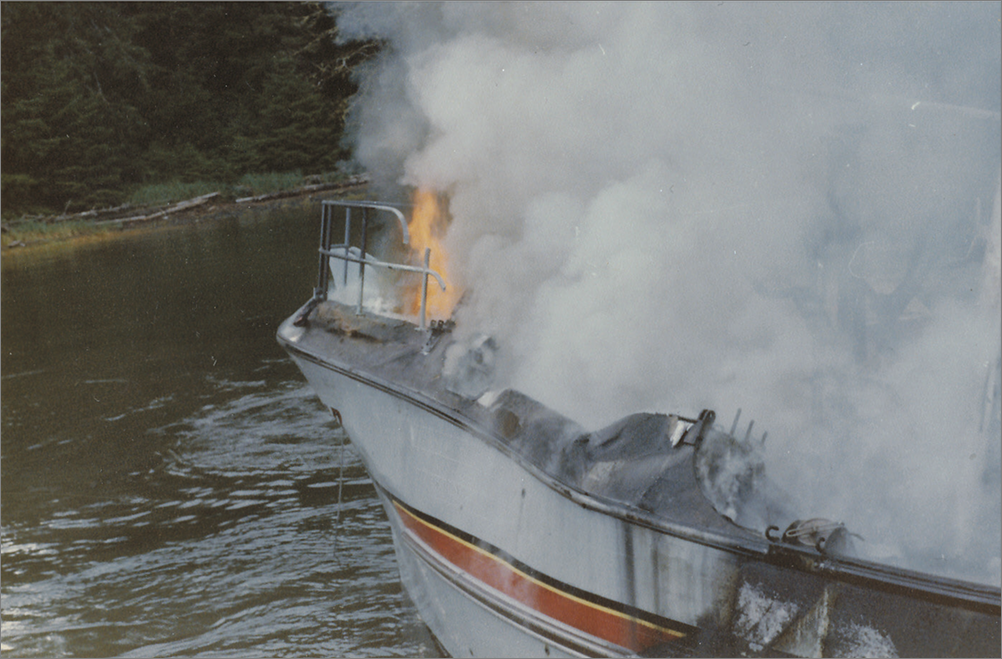Behavioral scientists classify homicides along several lines. When there are multiple victims, they distinguish three major types: mass, spree and serial murders. There is also a rough definition of each. A spree killing generally takes place within a small window of time, such as hours or days, with some kind of interval or time break between the killings. A serial killing is a string of victims killed one at a time over a period of weeks, months, or even years. Think Ted Bundy. Robert Hansen. Jack the Ripper.
And then there is the mass murder. Think the Investor murders. This is the type of killing we seek to understand here.

Mass murders are, perhaps somewhat surprisingly, harder to pin down. We could say mass murder happens at a single place at a single point in time. Example: someone walks into a grocery store and starts shooting.
Except there are killings which take place at multiple sites, across multiple hours, that still qualify as mass murders. Think of the Atlanta spa shooter, who went from massage parlor to massage parlor, killing women as he moved from place to place.
The Investor murders took place at a single place at a single point in time.
Now, throw into this mix the relationship between the killer and his victims. One type involves a specific group of people, like a family or workgroup, who are specifically targeted because of their relationship to the killer. A second type is where the victims are members of a broader group, such as terrorist, felony-related and gang-style murders. Here, the relationship may be more abstract.

Finally, there are those mass murders which seem most familiar: the random victim type killing, distinguished by the victims simply being in the wrong place at the wrong time.
Motive
Motive is always tricky. According to multiple behavioral scientists, though, “the majority of mass murderers have a clear-cut motive, often revenge, and victims are chosen because of what they have done or what they represent.” The more specific the target, they aver, the less likely that their rage stems from psychosis or some other brain altering condition. These killings are, in a word, intentional.
Mark Coulthurst was likely the first one shot. Was he the primary target?
Murder Typology
Behavioral scientists also identify several types of mass murderers. There are the family annihilators, who wipe out their entire family. Daddy is going to protect you from hell types. Then there are the pseudo-commando types, who seek to teach society a lesson. Think Charles Whitman, the ex-marine who killed 14 and wounded 30 others as he shot from the Texas Tower at the University of Texas, Austin.
Add to this group the homicide-suicide killers. We know how these turn out (although it seems to me this one is a tenuous fit, if only because the victim count can easily go below the “mass murder” threshold of four victims).

From the standpoint of understanding the Investor murders, however, another category seems more promising. Behavioral scientists also call out the disgruntled employee type of mass murderer. And before anyone gets locked into the typical “going postal” meme, remember that a fishing boat is a workplace.
Were the additional Investor victims an overflow from the initial rage aimed at Mark Coulthurst?
In the disgruntled employee scenario, the perpetrator is usually a former worker at the workplace where the murders take place, either through dismissal or other forced separation. This individual believes he is suffering some personal injustice beyond his control and thus, retaliates at his former place of employment. Most interestingly for our case, the disgruntled employee usually sets out with a particular individual or group of people to kill. But once at the location, the killer may randomly fire at additional people. They’re in my line of sight, why not shoot ’em?

The Arson
There is one more thing to ask: what do we make of a killer who torches the Investor after failing to sink her? This is a bit of an outlier in the mass murder scenario. Most of the time, these killers just don’t bother with post-murder complications. But among all the signs and characteristics, torching the boat is an explicit attempt to destroy evidence. This is a mass murderer who wants to live another day. A mass murderer who wants to go free.
Who could that be? The authorities, after a long and winding investigation, settled on a former crew member of the Investor. Fired the previous season. Having a shitty season in the current year and working on another boat. That much we know. The trigger is harder to parse. Rage at Mark Coulthurst? Possibly. He was not one to suffer fools.
And that’s where the elephant always shows up. As long as we’re making Mark Coulthurst the trigger, why not go big? You know, like crazed drug dealers. Maybe it’s because one should avoid complex explanations when a simpler one will do? I dunno. I keep getting nicked by Occam’s razor.
Special thanks to: Charles Dietz, “The Nature of Mass Murder,” Journal of Police and Criminal Psychology, v. 25, 2010
Thoughts prompted by the Investor murders. The original manuscript, started in 1992 and based on court records from the Alaska State Archives, served as the basis for “What Happened in Craig.”
Copyright Leland E. Hale (2021). All rights reserved.

Order “What Happened In Craig,” HERE and HERE. True crime from Epicenter Press.